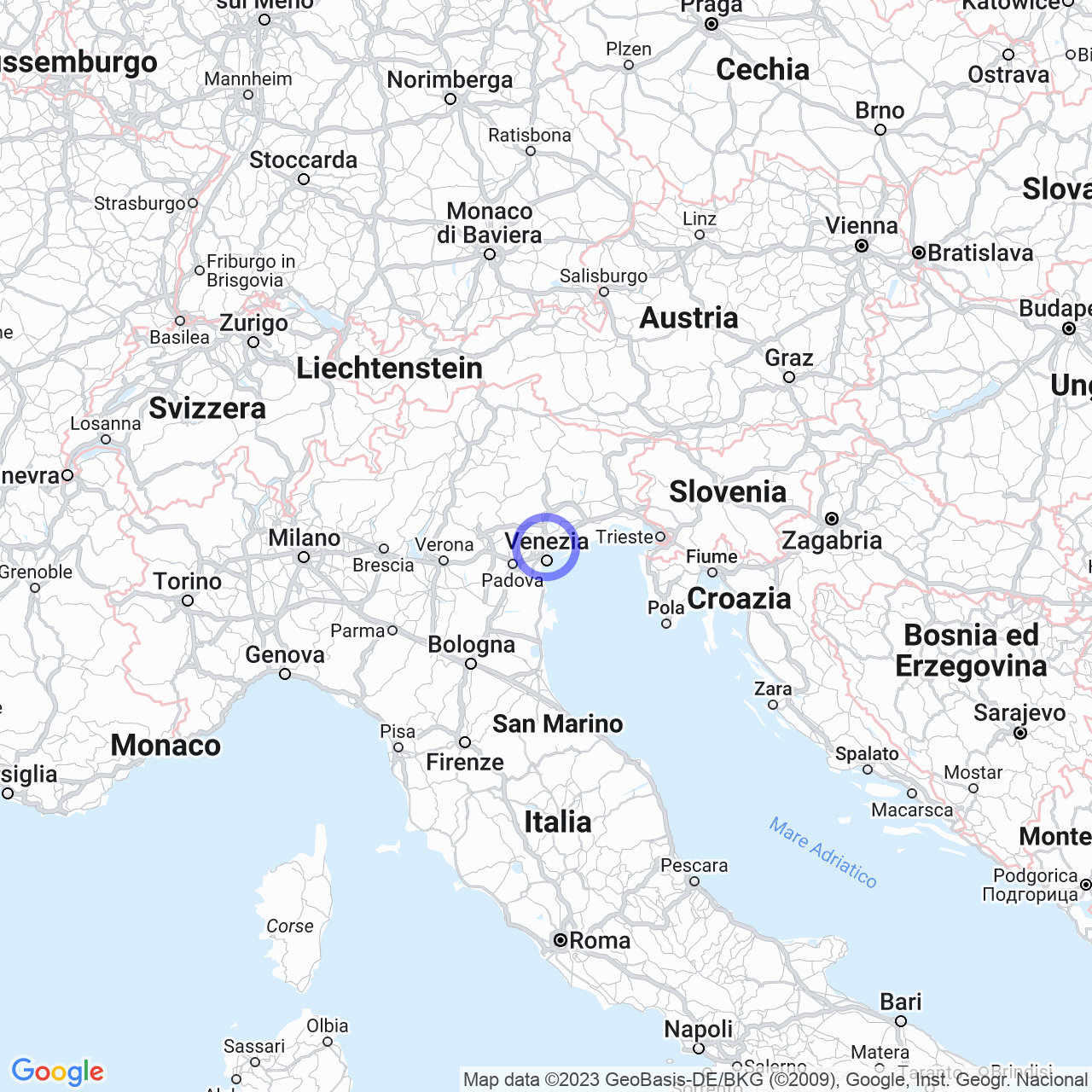Marcon
Marcon: a flat municipality
Marcon is an Italian municipality located in the metropolitan city of Venice, in the region of Veneto. The territory is completely flat, except for the area of Ca' Rossa Zucarello where the elevation is 8 meters above sea level. The main watercourses are the Dese and the Zero, but the area is dotted with ditches and drainage canals, such as the Fossa Storta. Watercourses are suspended because the surrounding area used to be marshy and below their level. Endoreic waters are removed via a large water pump located at the end of the municipality.
Origin of the name Marcon
The toponym Marcon may be related to the proper name Marco, perhaps referring to a Roman landowner. Other toponyms present in Marcon are:
Gaggio: a name of Germanic origin meaning "forest", "wood".
San Liberale: a recently built fraction, named after the parish church of 1953.
Il Colmello: colmello is an old Venetian term that in the past indicated an administrative subdivision of the territory, therefore a hamlet.
Pojanon: from ''Povegliano'', a late antique abbey seat.
Praello: diminutive of the Venetian ''prà'' "meadow", to indicate the grassy spaces in the vicinity of the border with the municipality of Venice.
Zuccarello: a toponym already present in the sixteenth century, perhaps derived from ''zocco'', meaning "hill"; in fact, the area was once at the center of a vast countryside.

History of Marcon
No evidence of Roman presence in Marcon has been found, but the area was influenced by the proximity of Altinum. Current roads follow the ancient grid. The history of Marcon certainly has its roots in the Roman age, although this is not documented, but the continuity with the city of Altino and the crossing of the maximum decumanus of Altinum at the height of the current Monte Grappa and via Boschette streets and the passage on the southeast borders, in the locality of Zuccarello, of the Annia road, are valid proof.
In the past, the territory was wealthy in woods and was influenced by watercourses which partly conditioned its development and history. In the late Middle Ages, the Marconese territory was characterized by the presence of woods and wetlands that did not favor human settlement. In 1515, the podestà of Mestre described the territory as follows:
The area towards the lagoon was often invaded by the Zero river and other watercourses, perhaps the reason why Marcon has never had inhabited centers but has distinguished itself for scattered settlements.
The toponym appears for the first time in a document of 997 in which the Bishop of Treviso Rozone donated ''Marconio'' to the Abbey of Santa Maria Assunta to which the village remained linked until the dissolution of ecclesiastical entities ordered by Napoleon.
Conclusions
Marcon is a historic municipality that features multiple toponyms with references to its past history. Its origins date back to the Roman age, influenced by the nearby Altinum. The territory was rich in woods and wetlands that conditioned human development, however, the area has been transformed over the years and today is a flat area lacking significant elevations. The municipality has never had inhabited centers but has distinguished itself for scattered settlements.
